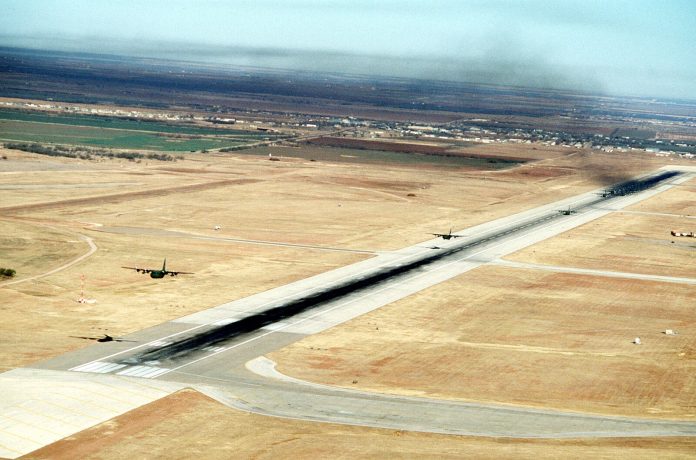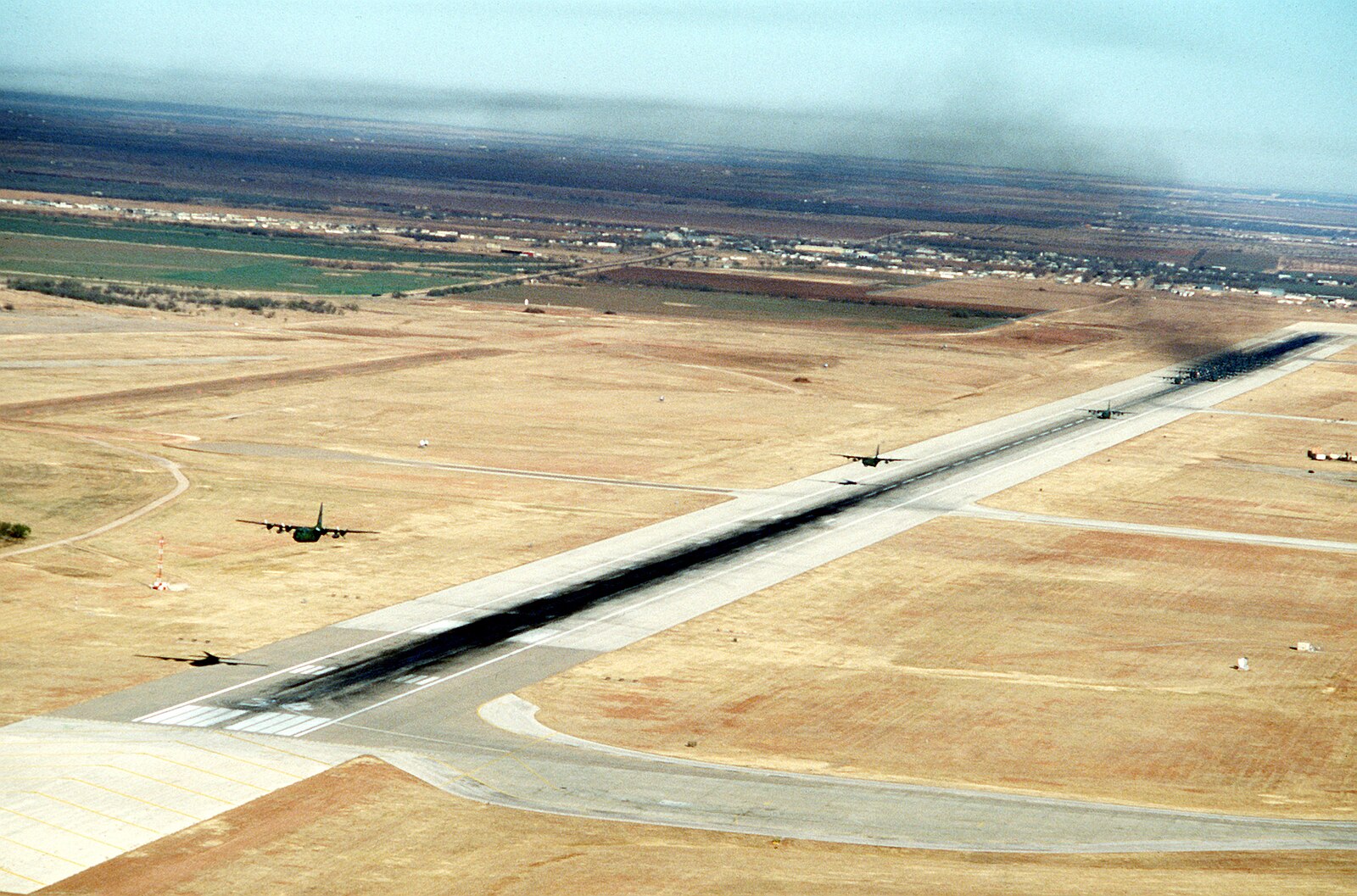
The U.S. Air Force is set to embark on a significant shift in its deployment strategy, opting for a more cohesive, unified approach reminiscent of Cold War-era practices.

Six bases have been chosen to pilot this new model, which aims to form fully operational ‘Air Task Forces’ that train, exercise, and deploy together, enhancing readiness and fostering unit integrity.
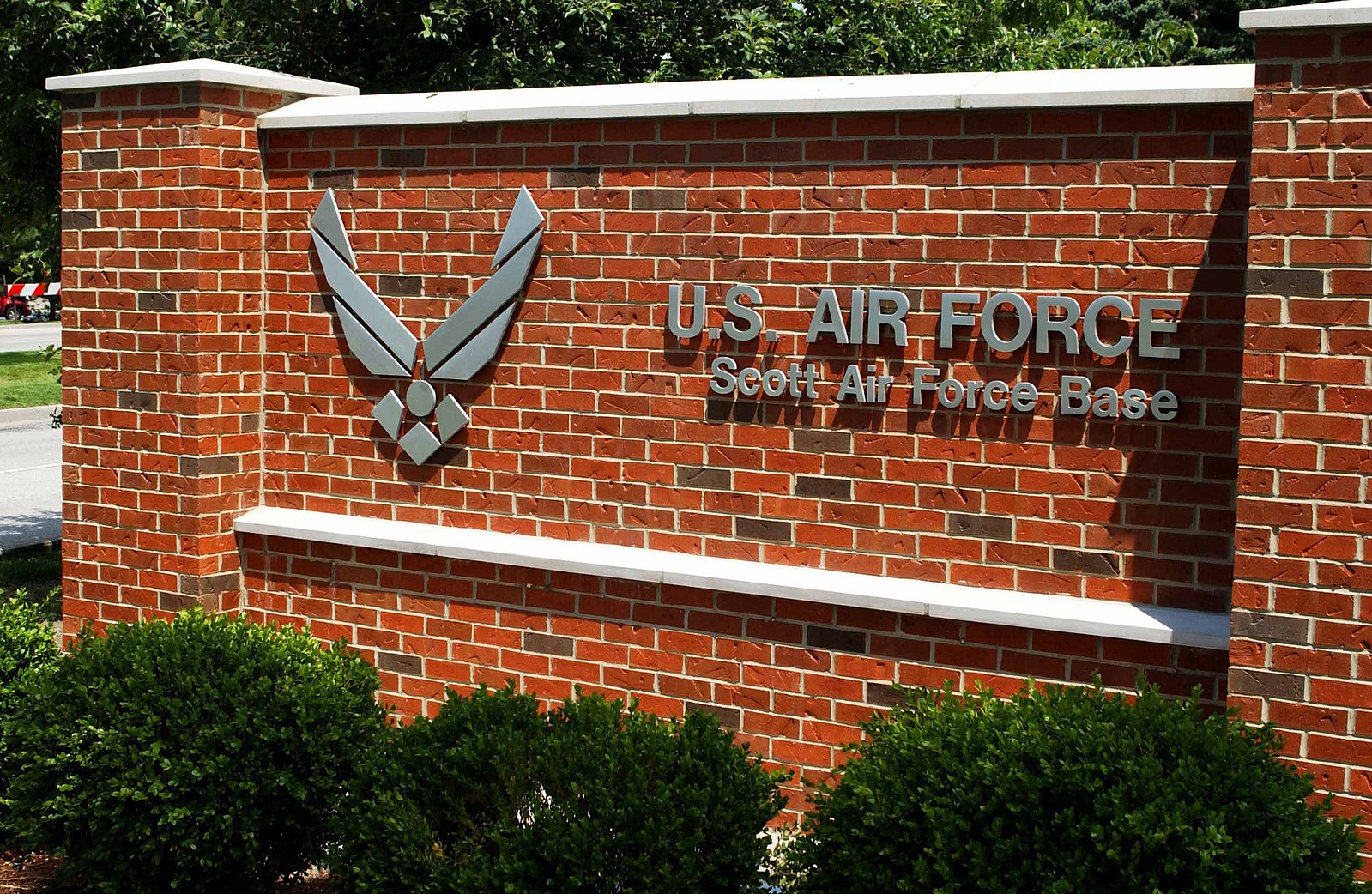
The bases selected for this initiative are Davis-Monthan AFB in Arizona, Scott AFB in Illinois, Joint Base San Antonio and Dyess AFB in Texas, Fairchild AFB in Washington, and Seymour-Johnson AFB in North Carolina.
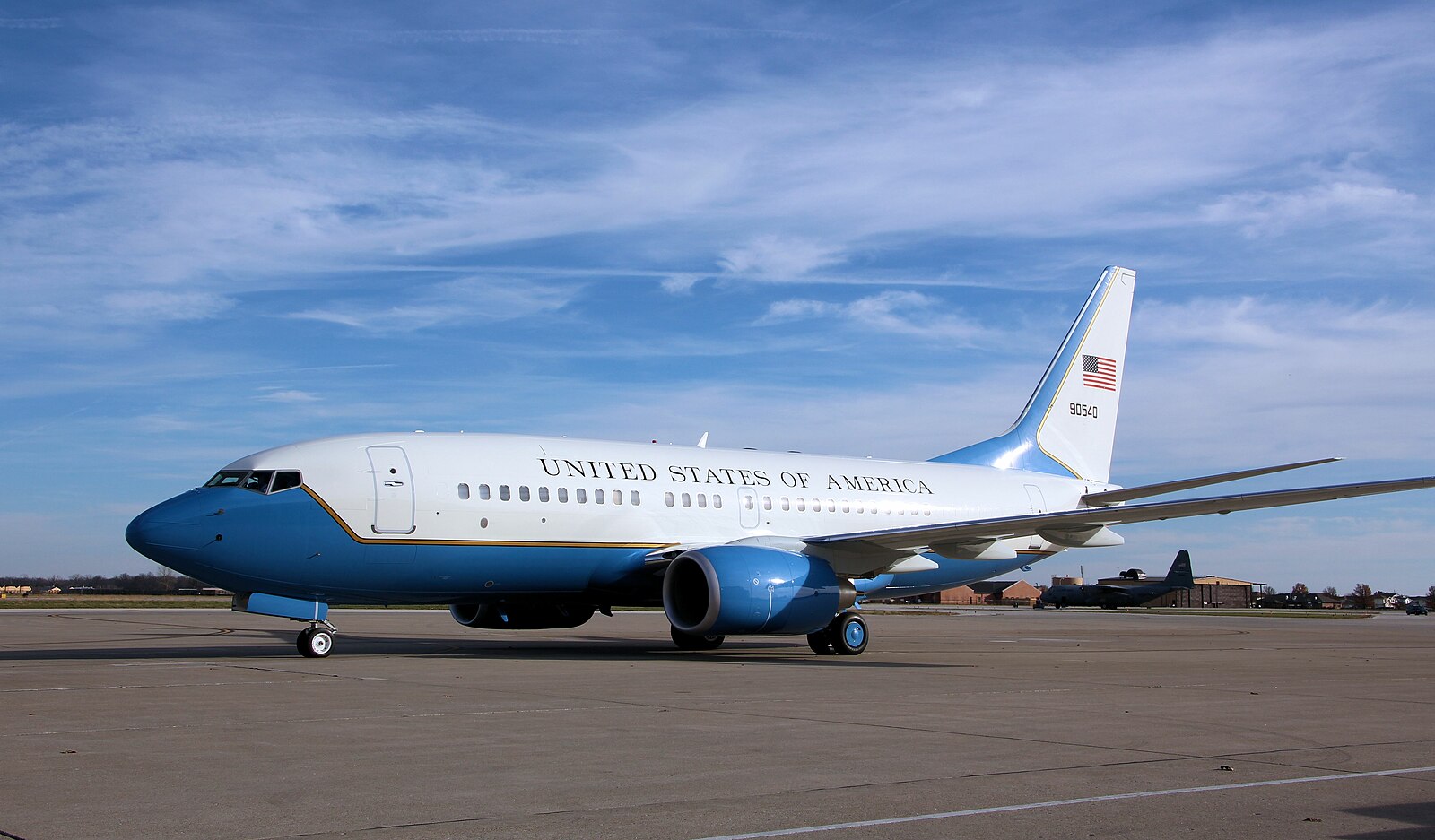
Each site will host about 50 command personnel as the first phase of this transition, preparing the foundation for complete combat wings.

A senior Air Force official, during a Pentagon briefing, underscored the significance of this change: “So this is kind of walking us back towards this model that we had during the Cold War, where we know each other, we train together, we’re building the team in peacetime and in preparation for deployment.”

The Air Task Forces (ATFs), introduced last year, consist of three distinct layers, as elucidated by the senior Air Force official. The approximately 50 personnel slated to arrive at each location will constitute the command layer, comprising senior officials responsible for directing airmen and overseeing critical aspects like resource allocation and policy coordination.
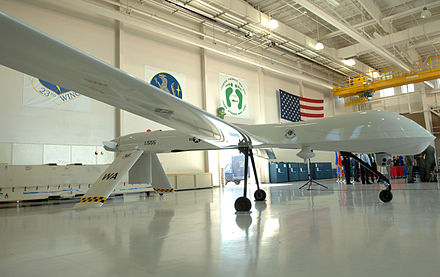
The second layer, the mission generation force element, embodies the essential combat capabilities deployed, such as fighter jets or cargo aircraft. Lastly, the mission sustainment team provides maintenance support, aligning with the Air Force’s shift towards a more austere operational approach known as Agile Combat Employment.

The senior Air Force official disclosed that the command personnel, totaling around 50 individuals, will primarily relocate to the listed locations. However, the objective for the remaining two layers is to have those airmen either already stationed at the site or situated at a nearby installation.
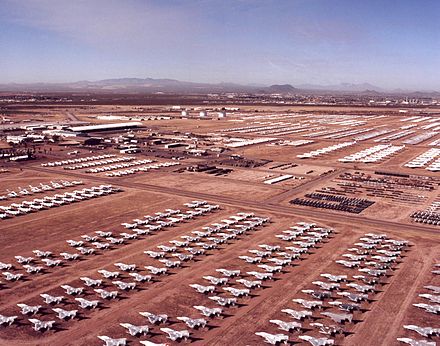
Subsequently, each task force will deploy in two separate phases to either US Central Command (CENTCOM) or Indo-Pacific Command (INDOPACOM).

The initial phase, commencing in October, will see two task forces heading to CENTCOM and one to INDOPACOM. These forces will then be replenished in a subsequent wave scheduled for April.
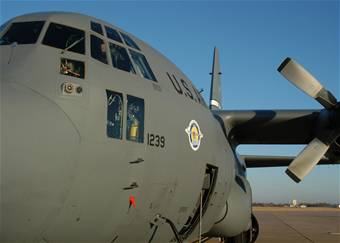
Each Air Task Force (ATF) is integrated into the Air Force’s new force generation model, known as AFFORGEN, serving as a pilot program aimed at transitioning towards a “combat wing” approach.
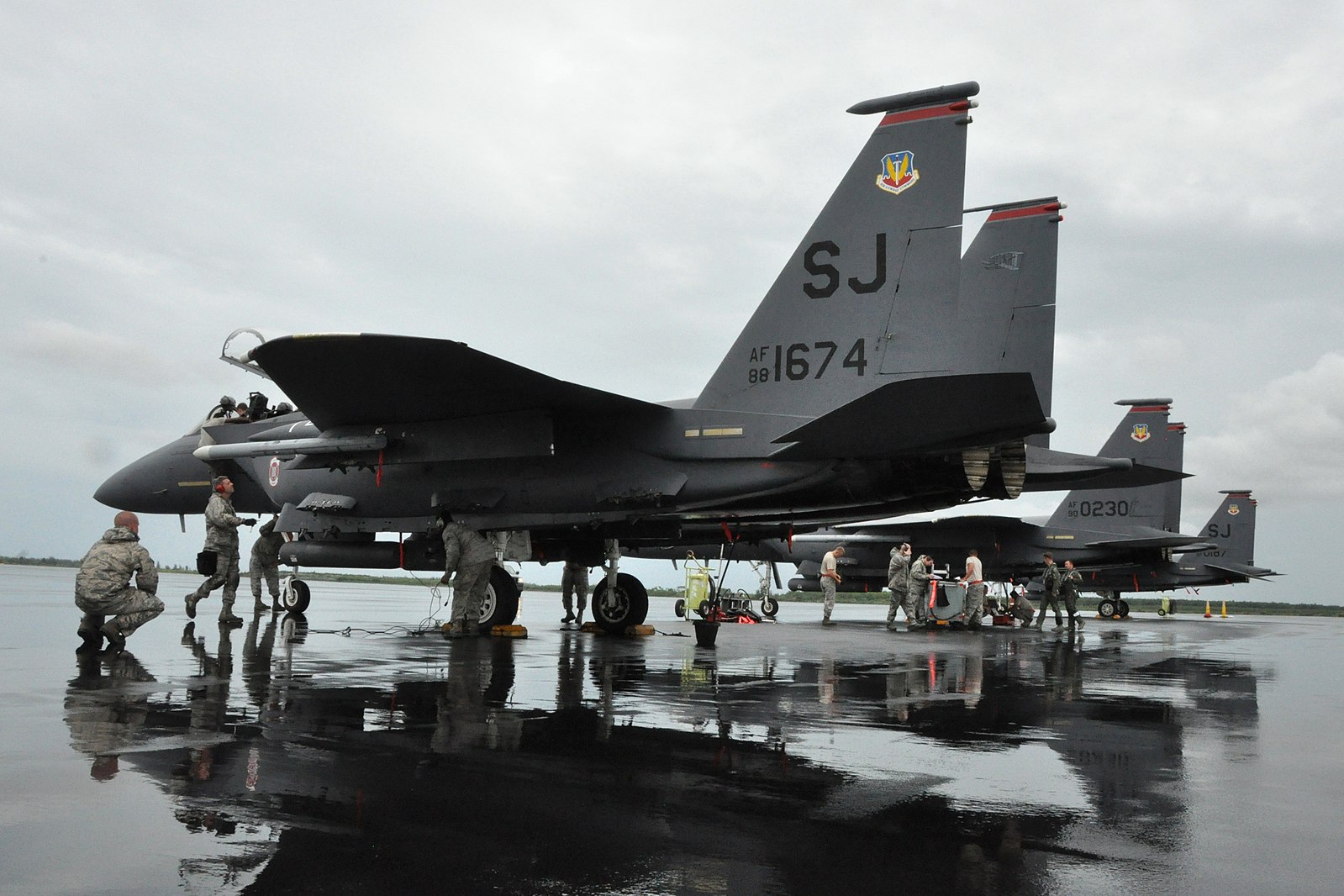
Service officials anticipate consolidating essential resources at specific locations to form complete combat wings, thereby gradually reducing the reliance on personnel from disparate locations.
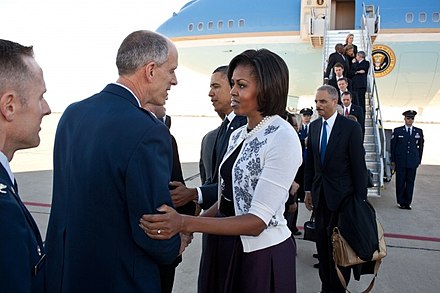
These wings, categorized into three different variants as previously outlined by officials, will ultimately be presented to combatant commands as a versatile “unit of action,” adaptable to various missions.

The mission generation force elements are designed to be modular, capable of accommodating diverse operational requirements.

Regarding the command and sustainment layers, the senior Air Force official emphasized their capability to accept forces of any type, even though they may have a habitual relationship with a specific force type in garrison.
Relevant articles:
– Air Force eyes 6 locations to test out new deployment model, Breaking Defense
– Air Force taps 6 bases to test new approach to deployments, Air Force Times
– Air Force picks homes for expeditionary ‘Air Task Forces’, Defense One
– CHARACTERISTICS OF THE DEPLOYED, nih.gov
